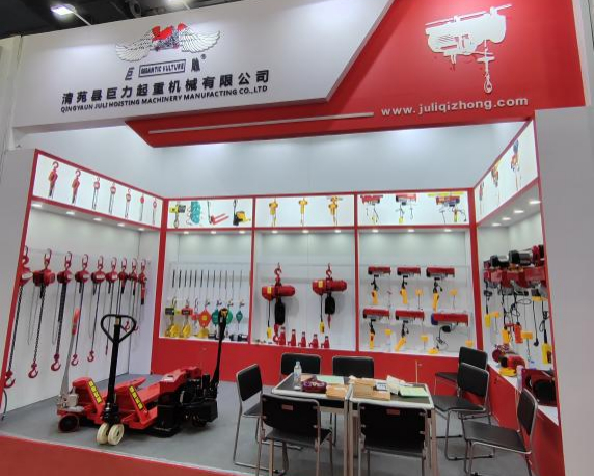


The Manual Pallet Truck Essential Equipment in Material Handling
In the fast-paced world of logistics and warehousing, efficiency and speed are paramount. One of the most crucial tools used to ensure effective material handling is the manual pallet truck. Often referred to as a pallet jack, this simple yet robust device has transformed the way businesses move goods within their premises.
What is a Manual Pallet Truck?
A manual pallet truck is a wheeled device equipped with two forks that slide under a pallet. It is designed to lift and transport pallets of goods with minimal effort. The truck operates using a hydraulic pump, which elevates the forks when the operator pulls down on the handle. This reliable piece of equipment is typically made from steel or heavy-duty plastic, making it durable enough to handle heavy loads.
Benefits of Using Manual Pallet Trucks
1. Cost-Effective Solution One of the most significant advantages of manual pallet trucks is their affordability. Compared to electric pallet trucks or forklifts, manual trucks are much less expensive. This makes them an ideal choice for small businesses or warehouses that might not have a large budget for equipment.
2. Ease of Use Manual pallet trucks are user-friendly. They require minimal training to operate, which allows employees to quickly learn how to use them effectively. The simplicity of their design means that workers can often begin moving goods within a day of being introduced to the equipment.
3. Versatility These trucks are incredibly versatile. They can be used on various surfaces, including concrete, asphalt, and low-pile carpet. This versatility makes them suitable for diverse environments, from retail stores to manufacturing facilities. Additionally, manual pallet trucks can handle various pallet sizes and weights, making them useful for different types of inventory.
4. Space Efficiency Manual pallet trucks are designed to occupy less space than larger equipment like forklifts. They can maneuver easily in tight spaces and are perfect for small storage areas. This ease of maneuverability means that warehouses can optimize their layout, leading to better space utilization.

5. No Need for Charging or Batteries Unlike electric pallet jacks, manual pallet trucks operate without the need for batteries. This means there is no downtime for charging, making them continuously available for use. This aspect is particularly beneficial in busy warehouses where the continuous movement of goods is essential.
Considerations for Choosing a Manual Pallet Truck
When selecting a manual pallet truck, there are several factors to consider
- Load Capacity Different manual pallet trucks come with varying load capacities, typically ranging from 2,200 to 5,500 pounds. It is vital to choose a truck that can accommodate the heaviest loads you expect to handle. - Fork Length and Width Depending on the type of pallets and goods you handle, you may need different fork sizes. Standard forks are usually 48 inches long, but there are also longer versions available for larger pallets.
- Wheels and Maneuverability The type and number of wheels affect how easily the truck can be maneuvered. More wheels can provide improved stability, especially on uneven surfaces.
Maintenance of Manual Pallet Trucks
Proper maintenance is crucial to ensure the longevity of manual pallet trucks. Regular inspections should be conducted to check for wear and tear. The hydraulic system should be checked for leaks and refilled with hydraulic oil as needed. Additionally, the wheels should be inspected and cleaned to ensure smooth movement.
Conclusion
In conclusion, the manual pallet truck remains an indispensable tool in the material handling industry. Its affordability, ease of use, and versatility make it a smart choice for businesses looking to improve their operational efficiency. As logistics continue to evolve, manual pallet trucks will undoubtedly play a pivotal role in facilitating the seamless movement of goods. Investing in this essential equipment can lead to significant productivity gains and cost savings for any operation.



